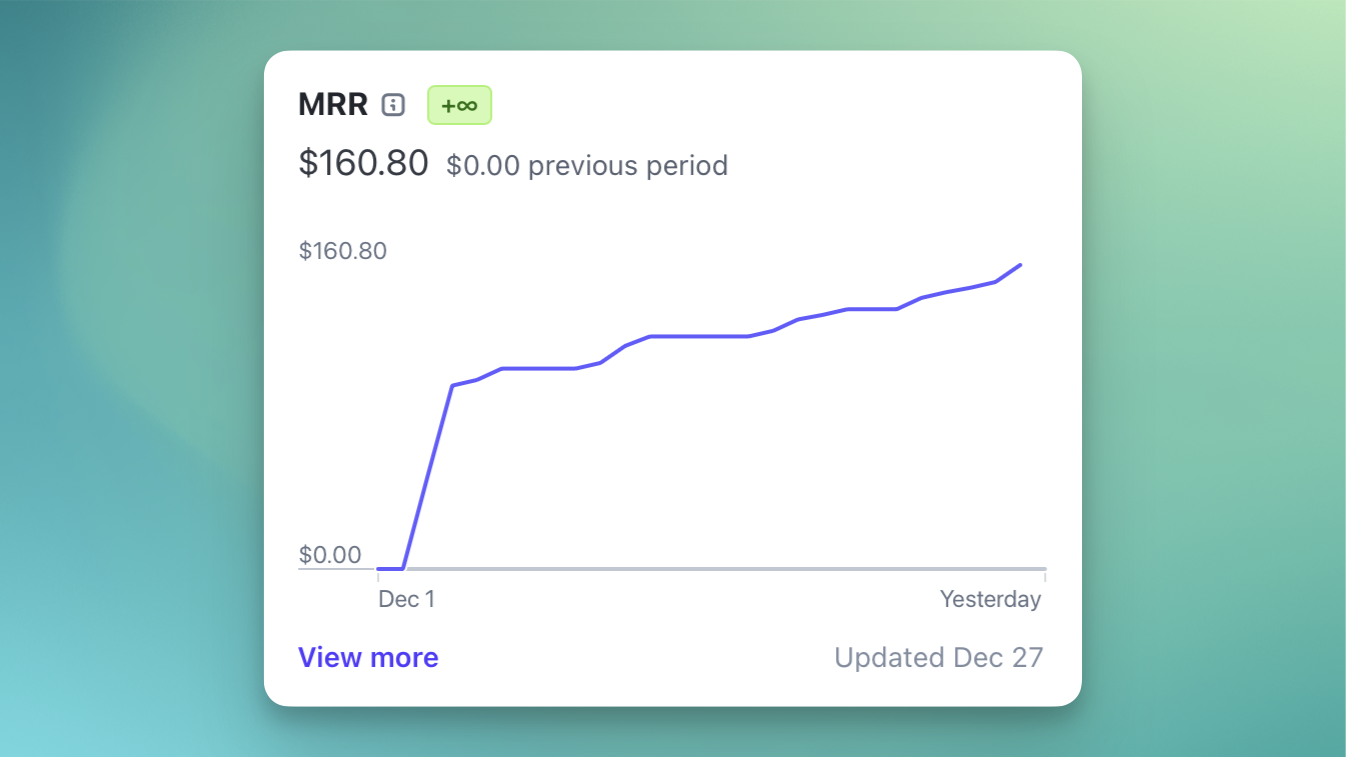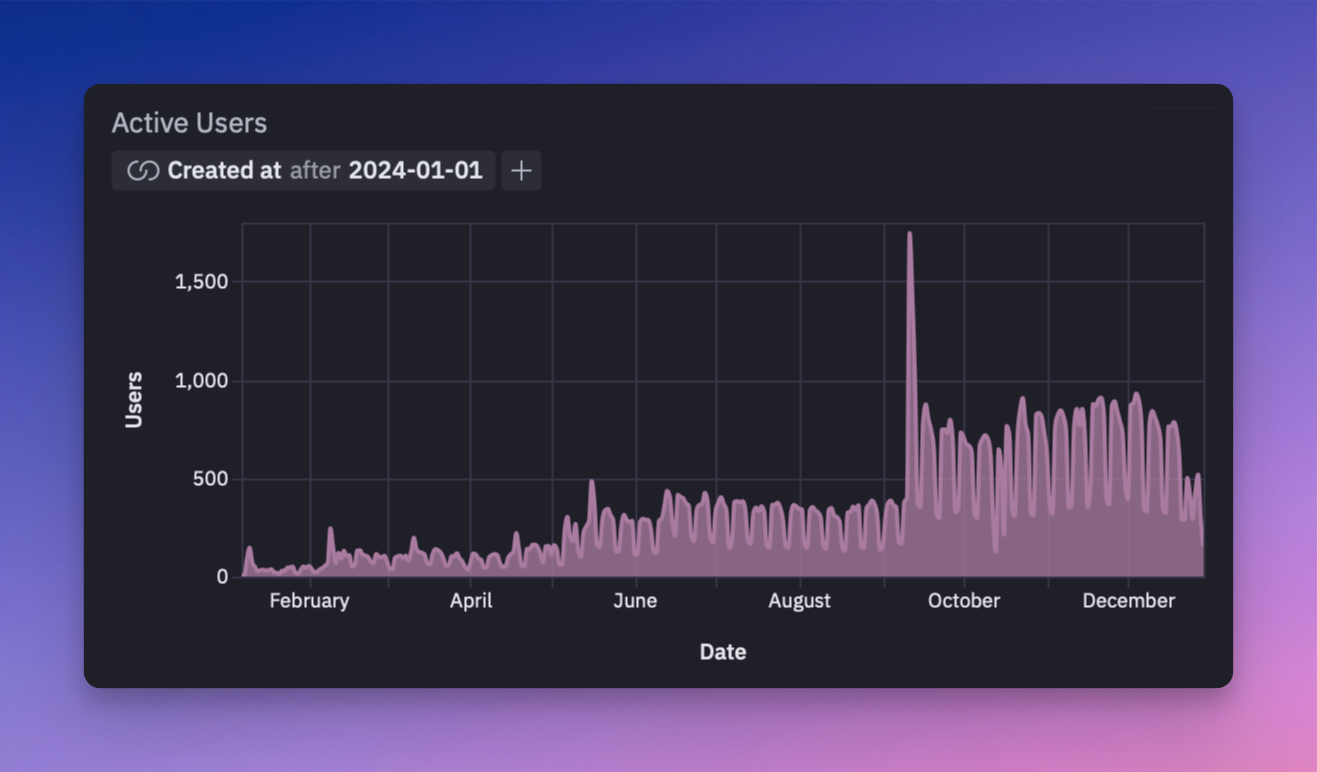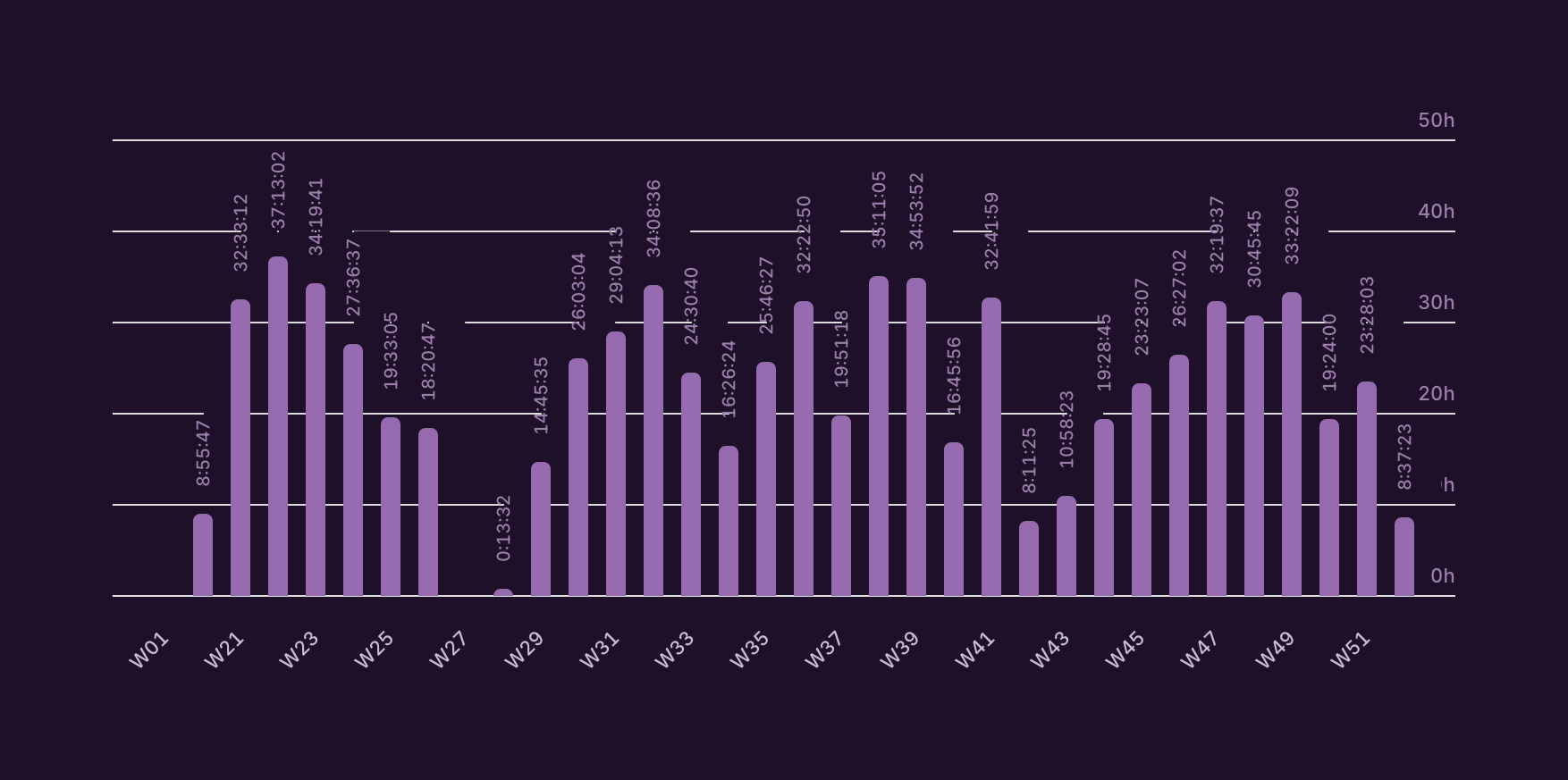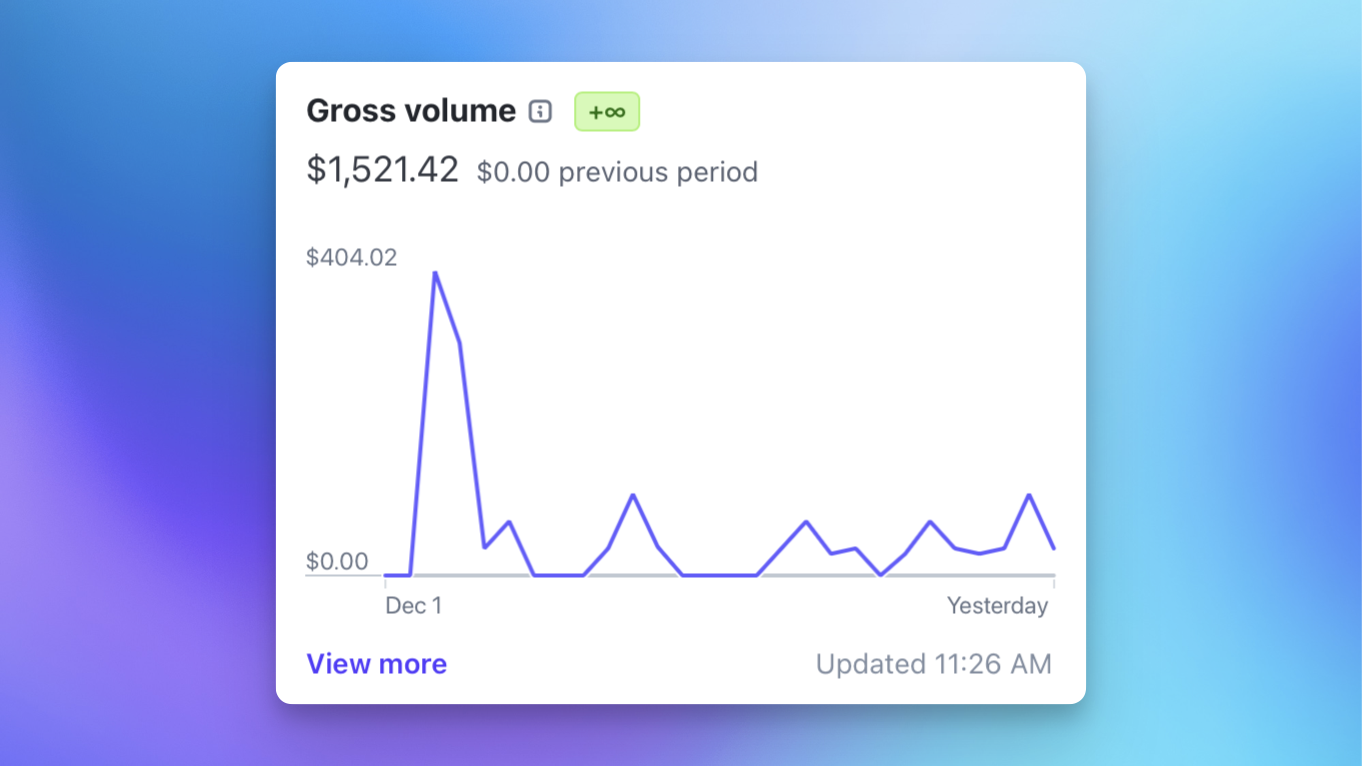It’s hard to believe that at the start of 2024, Yaak was still just a side project. Fast-forward a year, and it’s at 6k monthly active users and 25k total installs.
Yaak is also on its way to sustainability—reaching $160 in monthly recurring revenue since introducing a paid plan just a few weeks ago.

Monthly recurring revenue
I originally planned to make this post a simple recap of the year’s milestones, but I’ve instead decided to share some more personal reflections. I hope you like it!
My original plan was to keep Yaak a fun side project. But that changed after starting a family in late 2023, when I realized just how much time and energy my full-time job required. I wanted a life that would allow me to balance work and family, and decided that Yaak would be the key to getting there.
It’s a lot of pressure to put on one project, but I went all in, leaving my job in May to focus on Yaak full-time. So far, it seems like the right decision.
Having previously founded another API client, Insomnia, I learned some hard lessons about burnout. With less than a year of runway, I overworked and overstressed while trying to reach success as quickly as possible. The result?
Things got bad.
I burned out multiple times and spent a year with chronic pain so bad that I couldn’t sit for more than a few minutes at a time.
This time, things are different. With multiple years of runway and the benefit of hindsight, I’ve traded urgency for patience. I’m focusing on building a product people will recommend to their peers, and occasionally playing the content lottery to build the initial growth snowball. That’s the entire strategy.

Daily active users since launch
The chart above shows Yaak’s three successful blog posts from 2024. The first two spikes were followed by declines, but the third post in September broke the trend. Ignoring the holiday dip, Yaak’s daily active user metric is now growing organically for the first time. 🤯
If there’s one takeaway from 2024, it’s that Yaak will succeed if I just keep going.
One concrete thing that helped immensely was using Toggl to track my time. In 2024, I averaged 23 hours per week of at-computer work, likely bumping to ~30 hours when counting untracked time spent planning or brainstorming (usually on walks or while driving).

Weekly hours worked since going full-time in May
Time tracking has provided an objective metric of expended effort, which helps keep focused and prevents overworking. If you’re starting your own project, I highly recommend it—it’s too easy to underestimate how much time you’re actually putting.
Now let’s talk a bit about Yaak itself.
After Insomnia, I swore I’d never do open source again, as it was a large contributor to burnout. I’ve written about it in Why Not Open Source so I won’t elaborate, but I’m glad I changed my mind (see Yaak Is Now Open Source).
It turns out that, for the same reason I like sharing in posts like this, I love working in the open. To avoid burnout, Yaak’s open-source model focuses on transparency rather than contribution—it’s open for bug fixes but not feature development. This keeps the benefits of open source without adding to my workload.
Leaning on experience, my initial plan was to charge for cloud data sync, but y’all made it clear that you value offline apps. The market has shifted, and users want control over their data, and many are wary of cloud-dependent tools.
So I introduced a commercial-use license which went… okay? It’s hard to analyze the data with the holiday slump, but I think there was a noticeable drop in active users since the announcement. I’m hoping this is just a temporary blip and I’ll take another look in the coming months.

Gross revenue since introducing a commercial-use license
That said, paying users are trickling in. While Yaak’s MRR is only at $160, it’s already grossed over $1.5k due to most subscribers opting for the annual plans. If this trend of ~$200 per week continues, Yaak is already 10% of the way to financial sustainability!
I’m extremely excited for 2025 because most of the foundational work is in the past. I’ve proved that Yaak is valuable, kick-started the word-of-mouth snowball, incorporated a company, added a business model, and implemented most of the low-hanging fruit features that prevented initial adoption.
So, here are my priorities for 2025:
2024 was the year of building the foundation. Now, it’s time to deliver on Yaak’s potential. I’m looking forward to continuing this journey and can’t wait to see what the next year brings!
~ Greg